Text
✨♿Wheelchair Drawing Tutorial♿✨
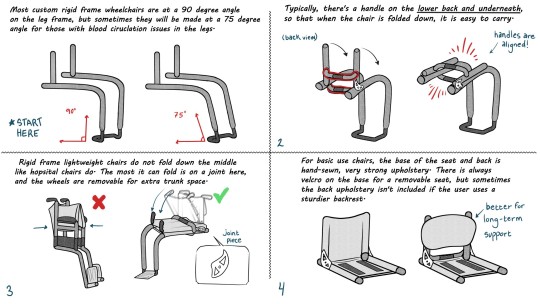
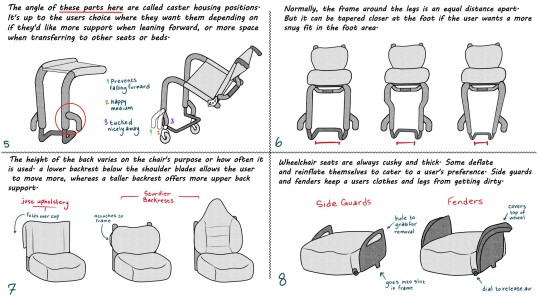


aaand it's finished! An artist's guide to custom rigid frame wheelchairs! This is completely free to use, reference, and save. Reblogs are welcome but please do not repost without permission and credit. Have fun, lovelies!
38K notes
·
View notes
Note
Someone has probably already asked you this but do you have any tips on studying/understanding perspective? I keep trying to find resources to learn but none of them really stick or are actually useful
so I'm hoping that your issue isn't just figuring out the difference between 1-point, 2-point, and 3-point perspective and how it works, because there are tons and tons of resources available for that, and I'm guessing what people tend to get tripped up on is what you're supposed to be doing with your grid.
I'm definitely far from being an expert on understanding perspective, but I'll share some of the things that helped ME finally Get It.

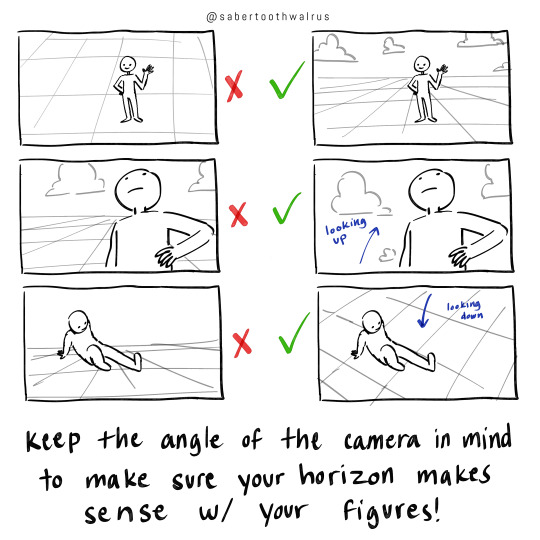
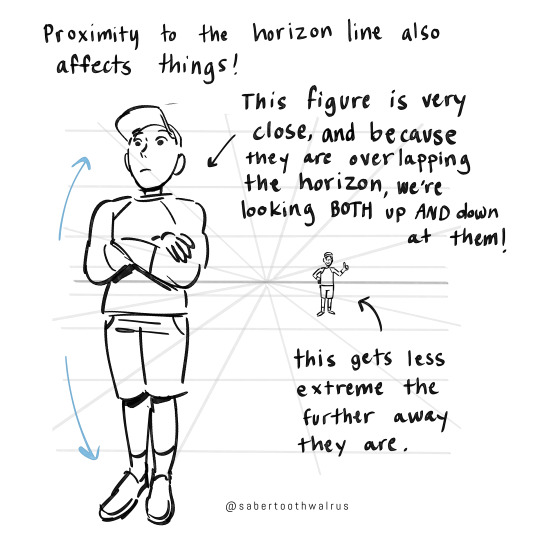
Things like eye level and different camera angles can be a GREAT tool to use when doing a comic or storyboard between multiple characters of different heights!! I actually drew an example of this exact thing for a friend about a month ago (I used adventure time characters bc they're easy to draw and have a good height variety):
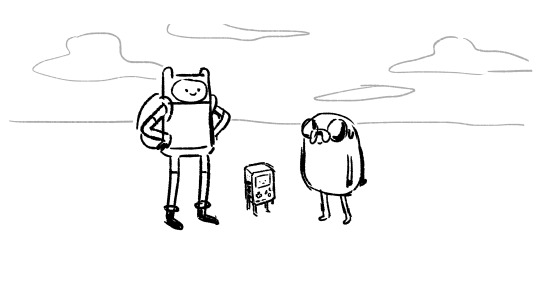
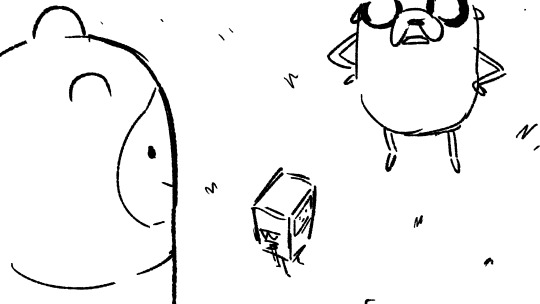

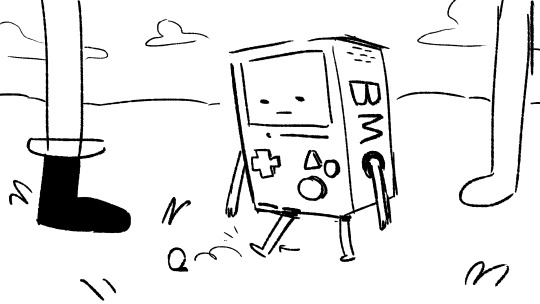
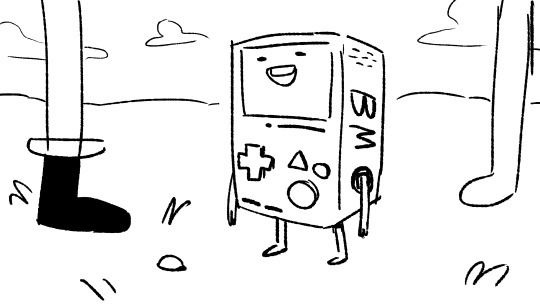
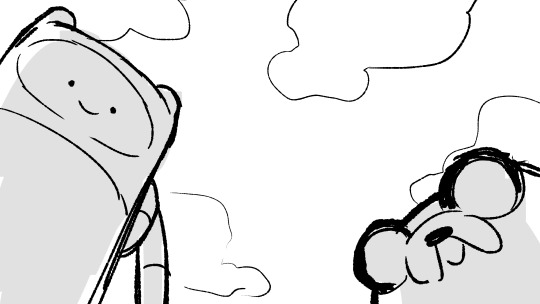
You can use camera angles like this to add variety to your shots, and even use it to help convey something emotional (using a down-shot on a character to show that they FEEL small, use an up-shot on a character to make them look more intimidating, etc etc)
hope this helps!
21K notes
·
View notes
Text
The “Necromancy is evil“ we see in most fantasy worlds stems from a christian view of having to honor the body after death in a certain way to ensure the soul’s safety in the afterlife. And while I encourage you to explore societies that don’t see necromancy as evil, I also encourage you to explore societies that see necromancy as evil for different reasons.
Drow might believe that after death, your body belongs to Lolth and must be fed to spiders. Reanimating a body means stealing from Lolth and must therefore be punished.
A Zoroastrian inspired society might believe that with death, evil starts infesting the body, so dead bodies must be kept away from the community, and reanimating them keeps them in the community and is therefore bad.
26K notes
·
View notes
Text
IN A WORLD WHERE BEAUTY AND ATTRACTIVENESS HAVE BECOME SO COMMONPLACE AND MUNDANE THE EXCEPTIONAL UGLINESS HAS BECOME DIVINE
132K notes
·
View notes
Text
Visible Mending
Introduction:
Visible mending is a decorative way to fix up an item. Instead of trying to make your mend as invisible as possible, the idea is to make it part of the garment's design.
Visual mending is not a single technique: it's more of a mindset. If you've got an item you love, it deserves to be mended, and if you're going to put that love into stitches, why not show them off?
That being said, there are some specific techniques that are popular with visible menders. Let's take a look!
Sashiko:
Sashiko is a type of traditional Japanese embroidery that is used to both decorate and reinforce fabric. In visible mending, sashiko is often used to cover up holes with patches or to reinforce thinning fabric. This technique uses a variation on the running stitch.
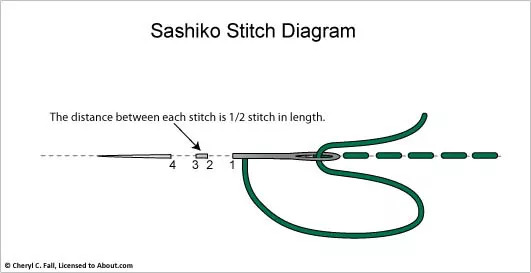
(Image source)
Some resources on sashiko:
SashiCo on YouTube: sashiko livestreams and information on the cultural aspect of sashiko.
Written tutorial by Upcycle Stitches.
Free sashiko templates by TheSpruceCrafts.
Fixing jeans with sashiko by Soluna Collective.
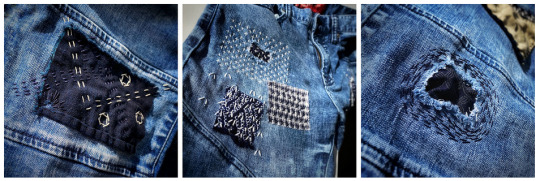
(Image source)
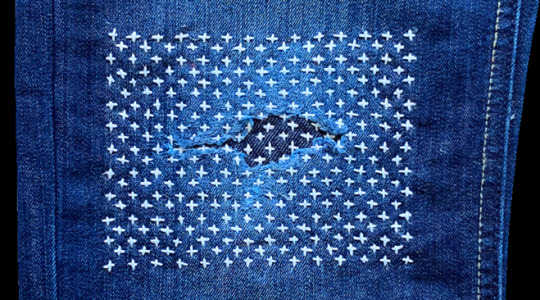
(Image source)
Embroidery:
Regular embroidery is also a popular technique to accentuate your mends. Check out my embroidery 101 post to learn how to get started. You can embroider patches, or use embroidery to hide or accentuate any stitches you've made to fix holes. Embroidery's also a great way to cover up stains.
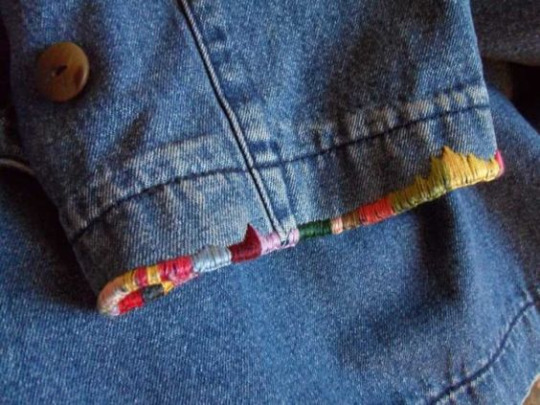
(Image source)
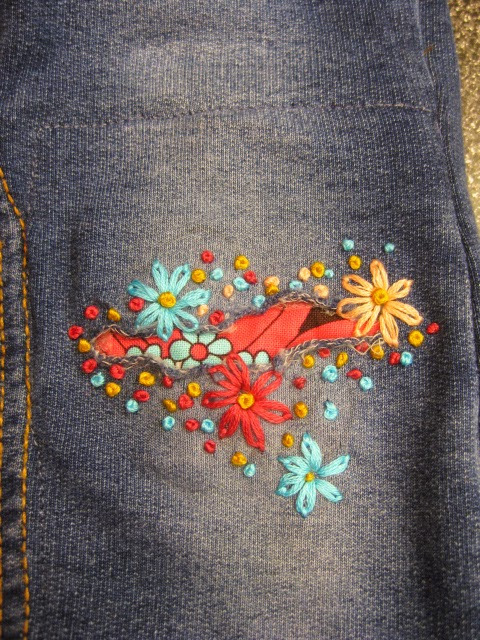
(Image source)
Patches:
There are many ways to add patches to a garment. My tutorial on patches is a good place to start if you want to make custom-shaped patches to sew on top of your fabric. You can also sew your patch on the inside of your garment and have it peek out from beneath the hole you're trying to fix. Fun ideas for this are lace or superheroes.
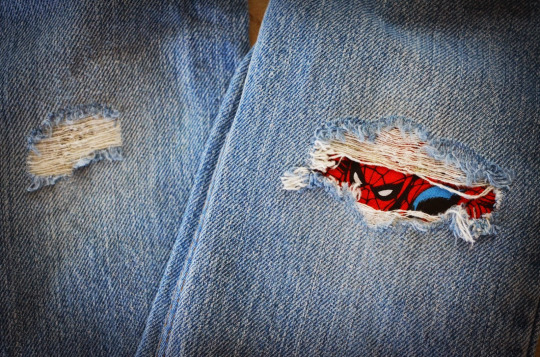
(Image source)

(Source)
Darning:
Darning is a technique used to repair holes in fabric by using running stitches to weave extra fabric over the hole as to fill it up again. While traditionally darning is done in an invisible way by using the same colour of thread as your fabric, you can also use contrasting colours to accentuate your fix. Check out this written tutorial on darning by TheSpruceCrafts.

(Image source)

(Image source)
Conclusion:
Visible mending is a creative way to fix up your clothes and give them some personality at the same time.
You should be proud of the fact that you took the time and learned the necessary skills needed to mend your clothes! Show off what you did!
A fun side effect of wearing these obvious mends is that people will notice them. They'll remember your fixes the next time they're faced with a hole in their wardrobe, and it will make them more likely to try it for themselves.
These are just a few ways to visibly mend your garments. Want more inspiration? Check out Pinterest or r/Visiblemending on Reddit.
100K notes
·
View notes
Text
all the tips I found for drawing a fantasy map are like :) “here’s a strategy to draw the land masses! here’s how to plot islands!” :) and that’s wonderful and I love them all but ??? how? do y'all decide where to put cities/mountains/forests/towns I have my map and my land but I’m throwing darts to decide where the Main Citadel where the Action Takes Place is
97K notes
·
View notes
Text
not gonna lie if you are like me and suck at coming up with poses using vintage sewing patterns for inspirations is so helpful for interesting poses that still display the character in a seeable way here are some examples of my favorites
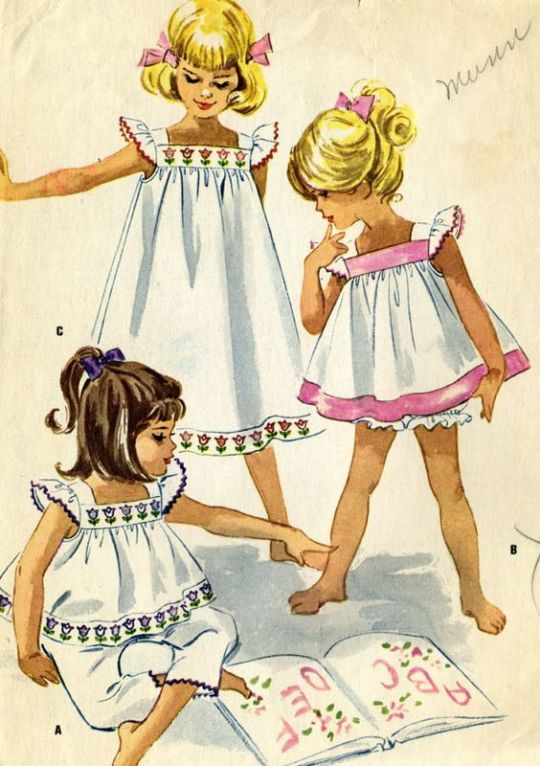



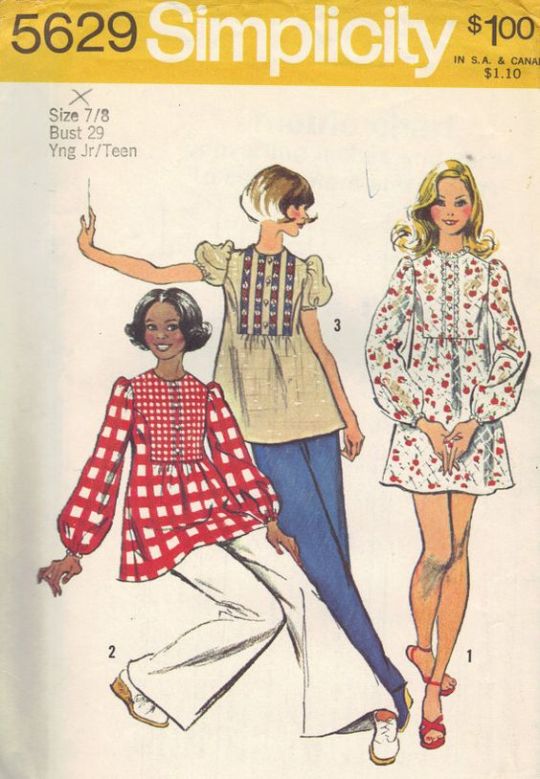
because they are literally drawn in a way to show off their outfit but still be interesting and not boring
67K notes
·
View notes
Photo
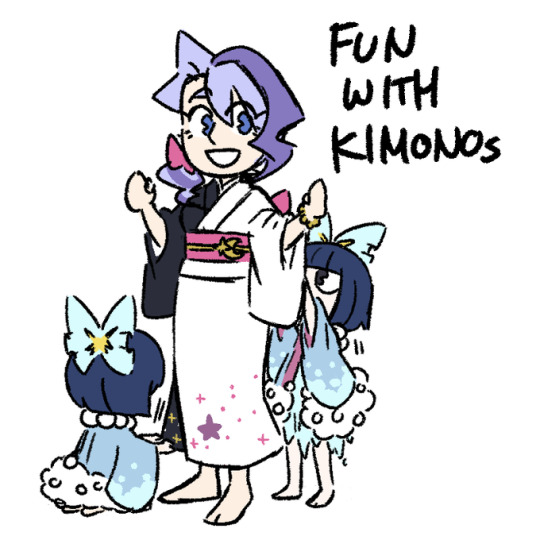
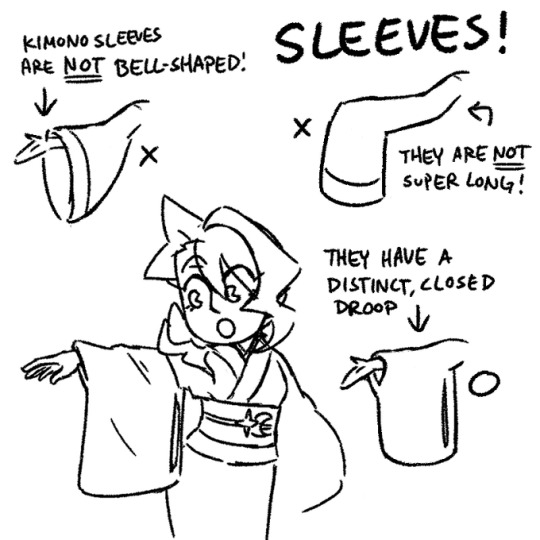
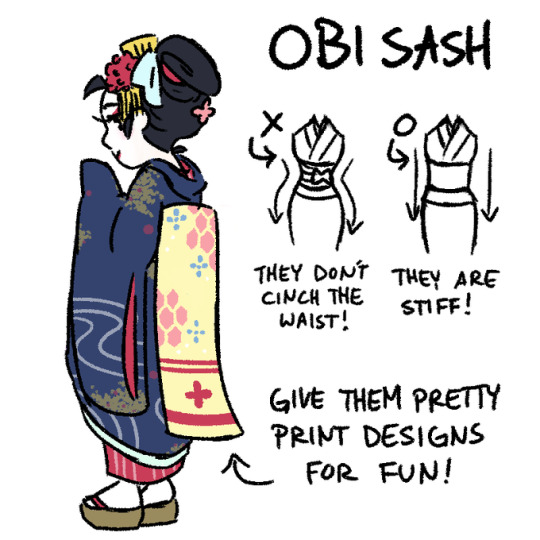
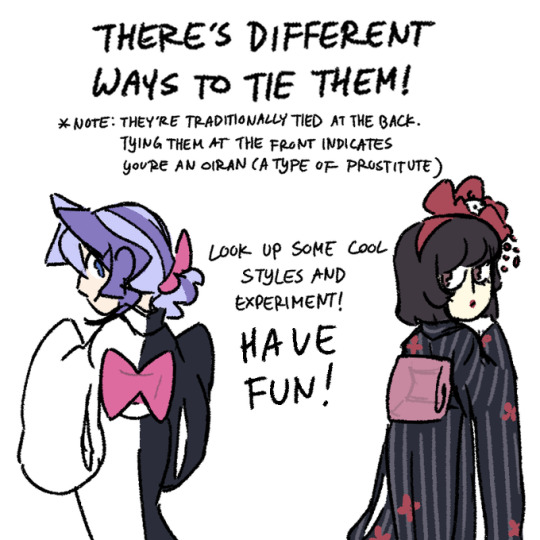
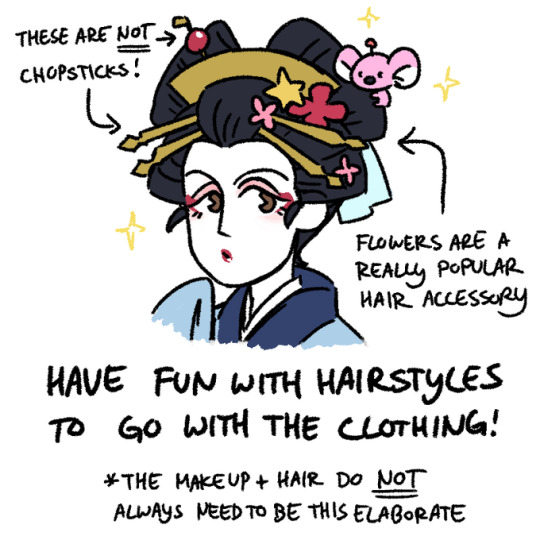
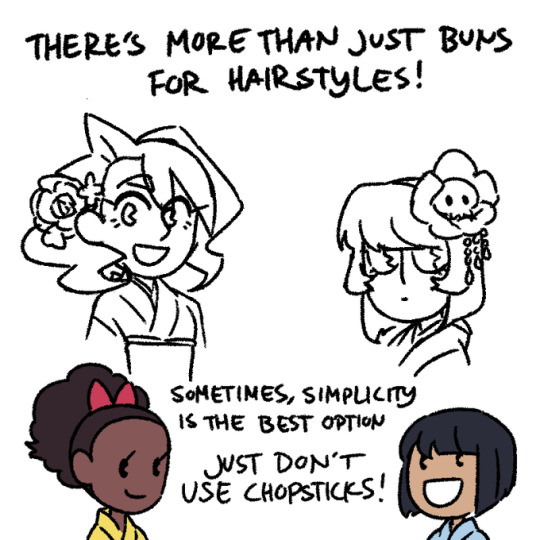
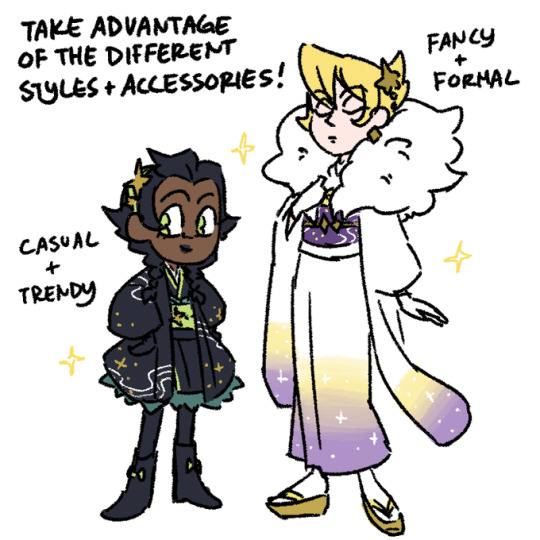
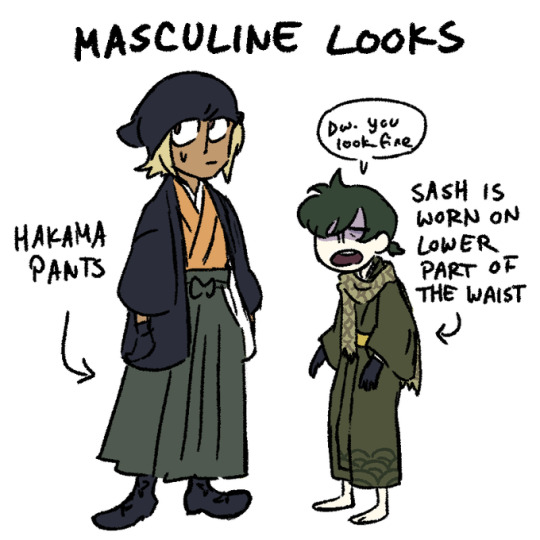
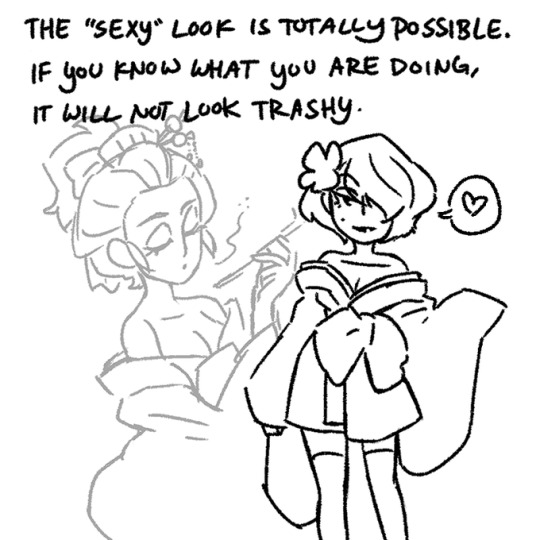
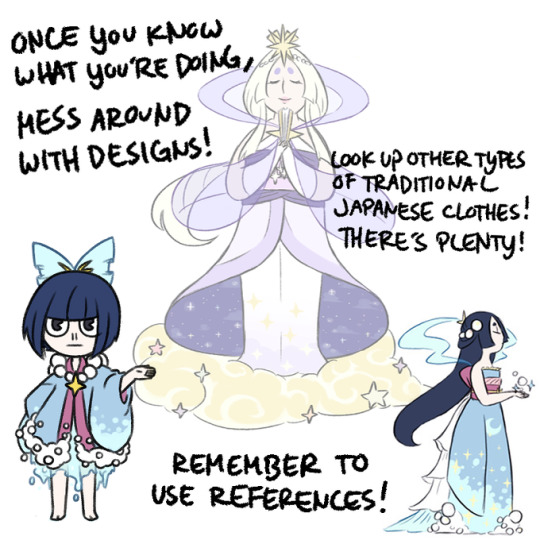
Little quick and light kimono tutorial because I’m noticing a trend of weird things non-Japanese people do with them.
Bathrobes =/= Kimonos
Kimonos aren’t sacred. They’re for everyone. Just practice drawing them, use tons of refs, be respectful, and have fun. There’s also tons of other types of traditional clothes you can mess around with. Research is your best friend
36K notes
·
View notes
Text
Is there a website to look up models or people to draw, with gender, ethnicity, and age filters. (if possible)?
For example if a wanted to make a cartoon character realistic and use a real person for reference or to edit the photo to look like them?
I’ve been just googling white 20s male, black female 40s etc. (can’t find any good references for kids either) and been sifting through the results.
101K notes
·
View notes
Photo
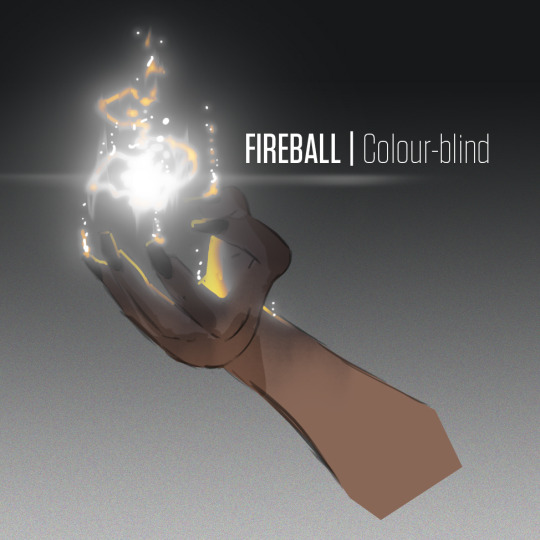
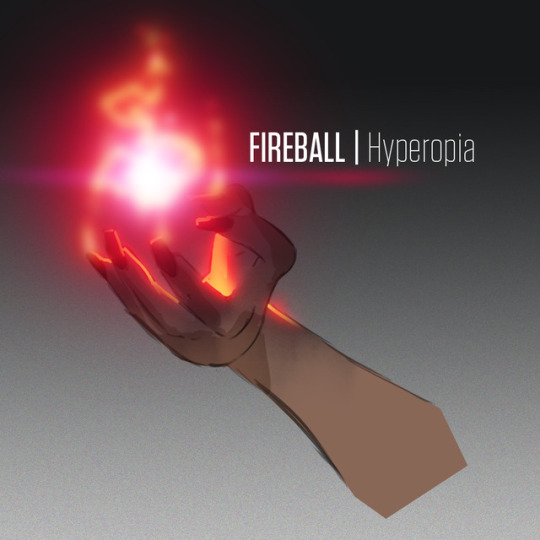
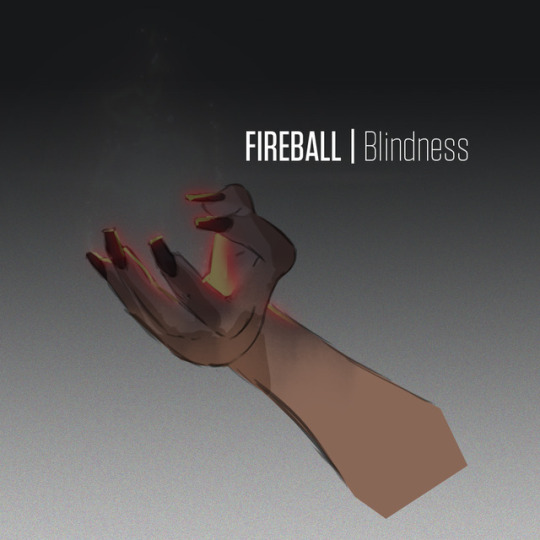
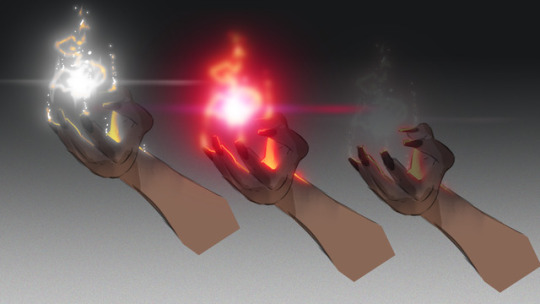
Concept: Visually impaired spells.
For example, colorblind mages cast fireballs with colors only they can see – if they see only yellow and white, then everybody else sees yellow and white fireballs too.
Far sighted mages have blurry fireballs up-close, and blind mages have semi-invisible fireballs.
52K notes
·
View notes
Note
How do you do backgrounds? I'm having the hardest time 😭😭
same tbh i dont draw them often BUT when i do, i use tons of ref. you can look up some basic 1, 2, and 3 point perspective with lines and boxes and such, like what they make you do in art school, but in my own works i usually use very loose single point perspective, if that LOL or just isometrics... i just idk kinda eyeball / fudge it xD cuz 2 and 3 point perspective usually requires me to put the vanishing points outside the canvas (unless u r into extreme perspective / warping) and thats Mad Work tm for me oops... ik photoshop and clip studio make perspective lines and whatnot for you but i use sai and work dumber & harder so yea :/ also, pro tip, things irl rarely line up perfectly to a vanishing point, so while it’s good to know how perspective *works* u dont need to be so meticulous about it imo... AND if you are drawing organic forms like mountains or snow covered hills, etc, those dont need precise perspective either so? id just say look up ref photos for bgs you are going for! youre not limited to one photo either u can combine multiple pics to suit your interest.
like for example i wanted to draw a snowy pic so i looked up “japanese snow painting” and found this (tsuchiya koitsu - snow at miyajima), i really like the trees and sky here:

but i wanted a a korean style wall so i found these:


so the sketch i came up with is as follows:
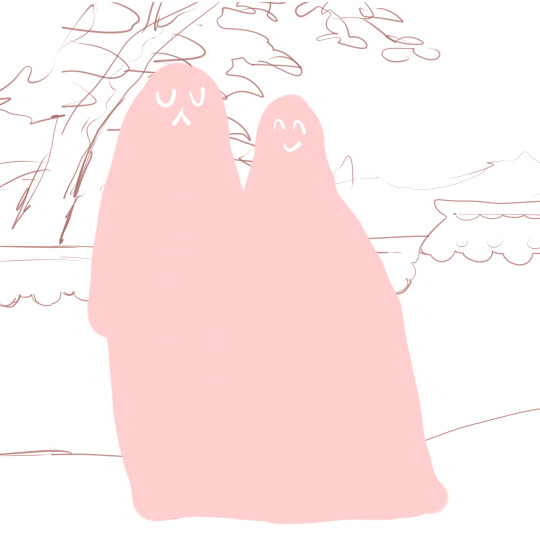
sry its so rough i havent started working on it At All and excuse the massive pink censoring lmao im drawing a personal piece so i dont feel like showing what it is LOL but basically this required No vanishing point or whatever!
these are stuff i had to make for school:


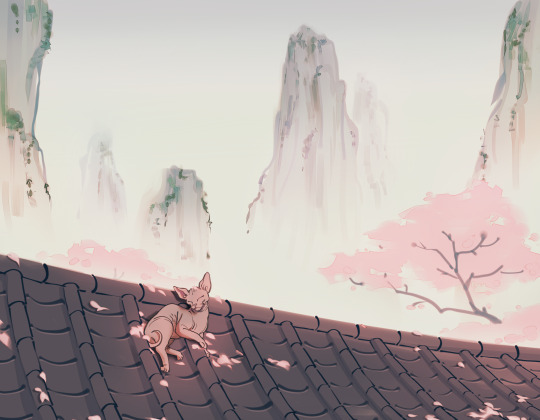
that ones from this dragon ball ep:

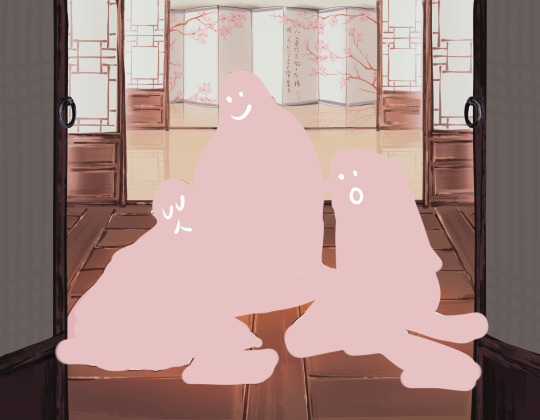
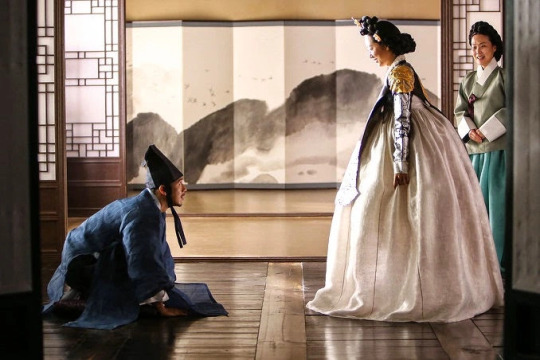
from the royal tailor (2014) i lov that film. i watch a lot of historical kr films / dramas and i screenshot as i watch for general bg ref, specific objects, designs, poses, etc! u just need ref pics lol and veeeery basic / rough / eyeballed perspective tricks! and if you arent doing interiors / buildings, you might not even need to make any lines or whatever!
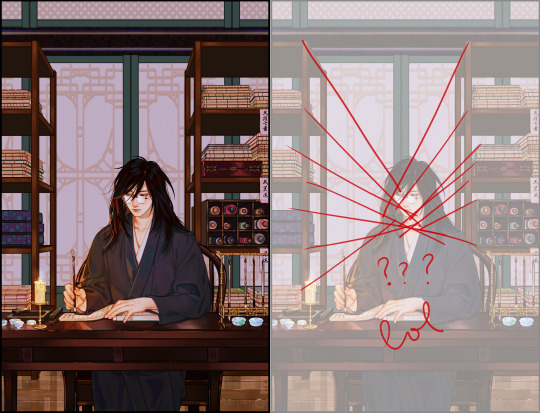
^also sometimes i uh,, will draw the person first cuz idc abt anything else really lol and fit a bg around them which results in some whacko ass layouts that are a little wonky but idgaf XD and as you can see, none of the lines perfectly meet anywhere so yolo i luv this pic tho so idm :3c
i also love the look of old asian paintings and they didnt have perfect western perspective either so whatever, right?

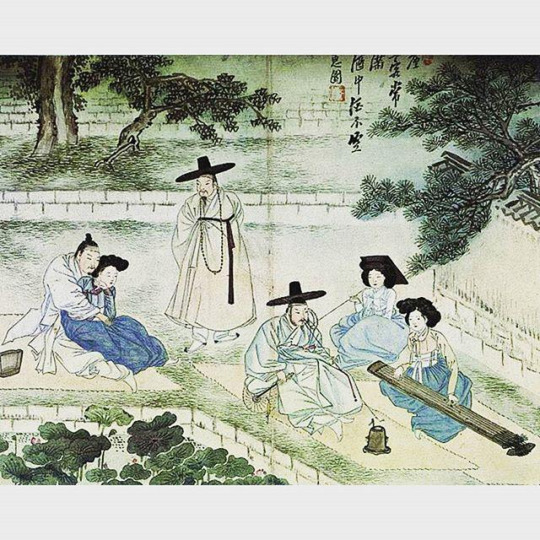
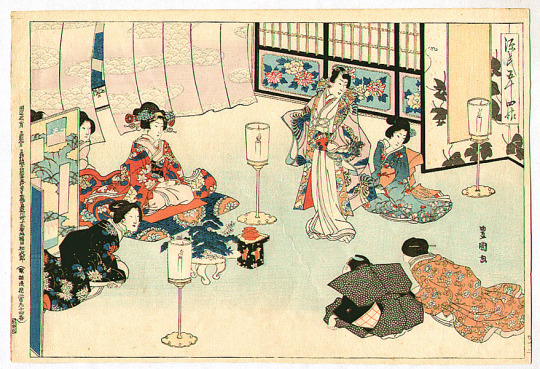

like maybe u dont even need a bg LOL

these all slap!
132 notes
·
View notes
Text
How to write about Grief:
There is no right or wrong way to experience grief. Just as there is no right or wrong way to write it. Everyone is different, each set of circumstances are different.
The point of this post is to show you how different people react in different ways, and give points on how you might write that, depending on your character and story.
Reactions to Grief
Numbness: Your character may go into auto-pilot and be unable to process the events that have unfolded.
Anger: This can be aimed at other people, at a Higher Being, or at nothing in particular.
Unsteady: Your characters may be unsteady. For example, unable to stop their voice from shaking or they may find it difficult to stand.
Focusing on Others: Your character may disregard their own feelings because they are so overwhelmed and instead concentrate on someone else’s well-being.
Seek out routines: Amid upheavals, your character may seek comfort in tasks that are familiar and “safe,” such as working, cleaning, making their bed, making absurd amounts of tea or taking a morning walk.
Pretending that Everything Is Okay: Grief is viewed as an emotion that should cease or be concealed once the funeral is over. So people mention the news in an offhand comment, then talk and laugh as if all is right with the world.
Denial: Some people deny the reality of death and convince themselves that the news is a joke or can’t be true.
Reactions from people surrounding your character:
People may avoid your character as they do not know what to say or simply can’t find the right words.
Some may even go as far as to cross the street when they notice your character approaching.
Even people that the character has known for years may act strange or standoff-ish, simply because they don’t know what to say.
On the other side of that, some people may be overly helpful and friendly.
It is not uncommon for estranged friends, family or others to suddenly reappear in a person’s life after they have experienced grief.
Either because those people want to offer their support and love or because they’re being nosy and they want to be kept up to date on the “drama”.
Most people will move on from the event fairly quickly if they weren’t emotionally invested.
Some people may even get annoyed at your character for still being upset weeks or months later.
When talking about the person they have lost:
Your character may recall a memory or tell a story about their loved one, these are possible reactions. (I have encountered all of them.)
Your character may being to cry or get upset at the thought of the person they have lost.
The person they are talking to may become awkward and avert eye contact when your character brings up the person they have lost.
Others may ask or tell your character to stop talking about the person they have lost. They may roll their eyes, cough awkwardly, or cut off your character mid sentences so that they can change the subject.
Some people may ask inappropriate questions about the circumstances in which the character’s loved one passed away. Depending on the personality of your character then may react differently.
Other things to note:
Grief is not constrained by time.
One of the main problems with grief in fiction is that a character is typically heartbroken for a couple scenes and then happy again. But grief does not evaporate because the world needs saving.
Allow your character to wrestle with their grief.
Your character may feel guilty. Your character may feel a twinge of guilt when they laugh or have a good time with someone else; when they do something to remind them that they’re alive, and their loved one isn’t.
Grief is a game changer. A previously outgoing character may withdraw and isolate themselves. Some people may take grief and/or bereavement as a sign that life is too short; they may make big decisions in an attempt to make themselves feel better and grow away from their pain.
Sometimes grief can help you find your purpose.
At first grief can be all consuming. It hurts and you can’t really control it. It may seem unrelenting. Eventually the grief will become easier to deal with, your character may find the days to be better, but that doesn’t mean that when the grief hits it doesn’t hurt any less.
For most people, grief never really goes away. “Sometimes you have to accept the fact that certain things will never go back to how they used to be.”
It is rare that a person will ever give a long speech about their feelings, a lot of people struggle to even find the words. But that’s okay. Show the reader how your character feels, rather than just telling them.
Don’t pause the plot to deal with the aspect of grief. This could overwhelm the readers and drag the pace down. In reality, life doesn’t just stop due to grief, the world keeps spinning and things still need to be done. Use the character’s grief as a backdrop for the story’s events.
Yes, grief affects the character’s day-to-day life, goals, and relationships. But it shouldn’t drive readers away or stagnate the story. Instead, should engage readers and produce empathy that keeps them turning pages.
You don’t need to tell your readers that everything will be fine. You don’t need to provide all of the answers.
“Skirting grief and treating it lightly is easy. But by realistically portraying it through a variety of responses and its lasting effects on the character’s life, readers will form a connection with your characters.“
26K notes
·
View notes
Photo

Arms Anatomy 02 by Frankhorlw
Support the artist and check out their commissions!
2K notes
·
View notes
Photo






quick workspace tip for photoshop i thought might help some people!!!
Basically if you want to work with a desaturated piece (or a flipped piece) next to the original without having to hassle with it this will keep one up so you don’t have to worry about it!!
Just go to Window > Arrange then click on New Window for _______.psd
One you’ve created a duplicate go back to Window > Arrange > Tile All Vertically
Once you’ve done that you can flip one or do what i did!
Go to View > Proof Setup, a pop up window will show up with tons of different and helpful color settings like CMYK etc! If you want greyscale go to Working Gray Dot gain 20%!
Now you can draw in color and see the desaturated version of it next to it so you can compare values and contrast making sure your colors dont turn too muddy
follow me on twitter / instagram / patreon / shop / leave a tip
2K notes
·
View notes
Text
Random mansion generator

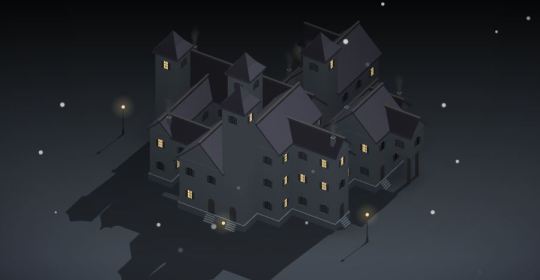
The Procgen Mansion Generator produces large three-dee dwellings to toy with your imagination, offering various architectural styles and other options. Each mansion even comes with floorplans:
https://boingboing.net/2019/07/12/random-mansion-generator.html
241K notes
·
View notes
Video
Clip studio paint can do a shittonne of stuff, but while it has like a lot of quality of life things for drawing comics, it can’t do everything…
Sometimes another program will do things better, programs like illustrator & inkscape have much more advanced typography controls for example.
The good news is it’s super easy to link CSP up with another program using file objects!
In whatever other program you’re using just set the canvas to be the same size as what you’re working on in csp, then export it as a transparent png and import that as a file object and then refresh it when you change something.
326 notes
·
View notes
